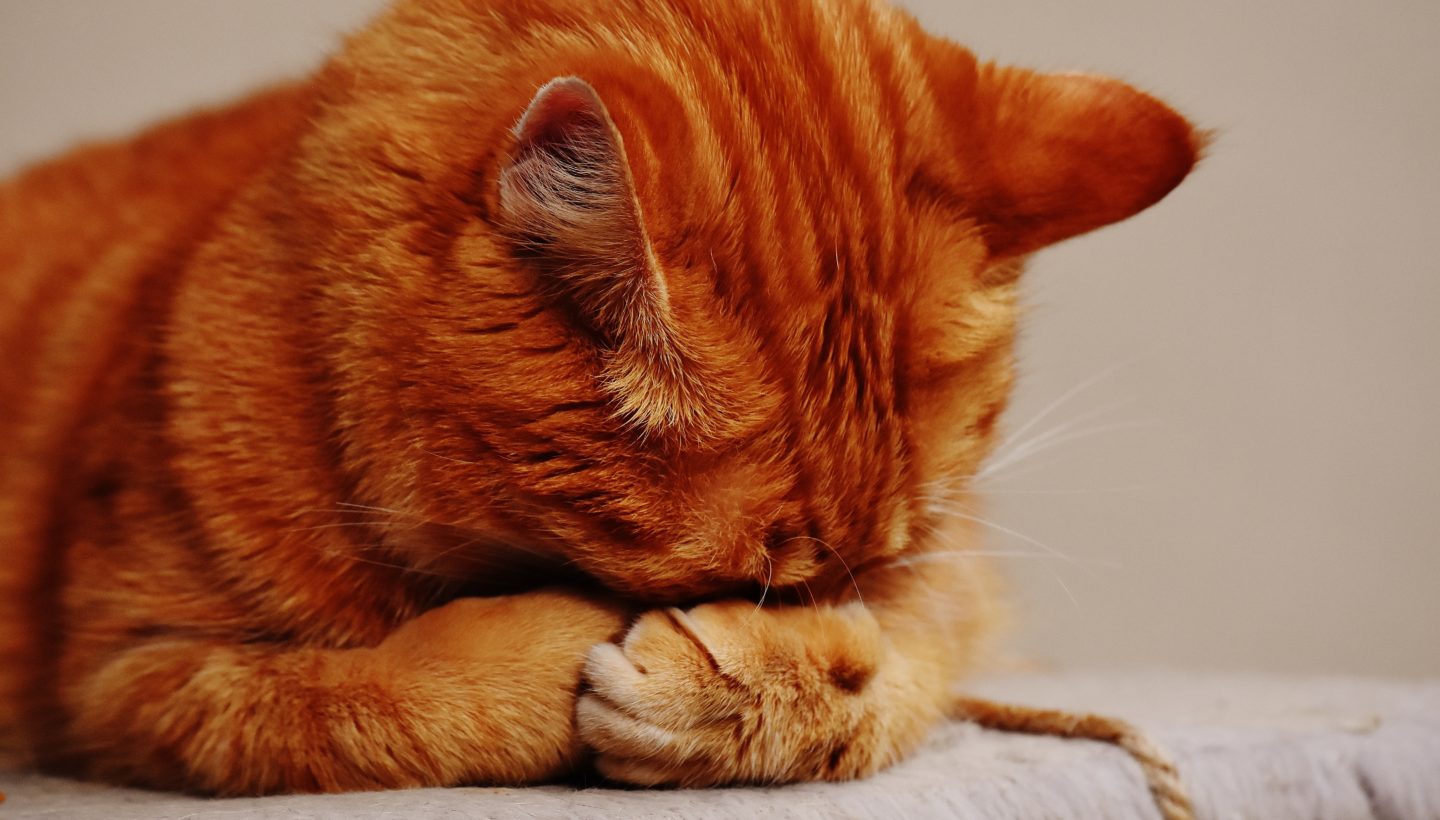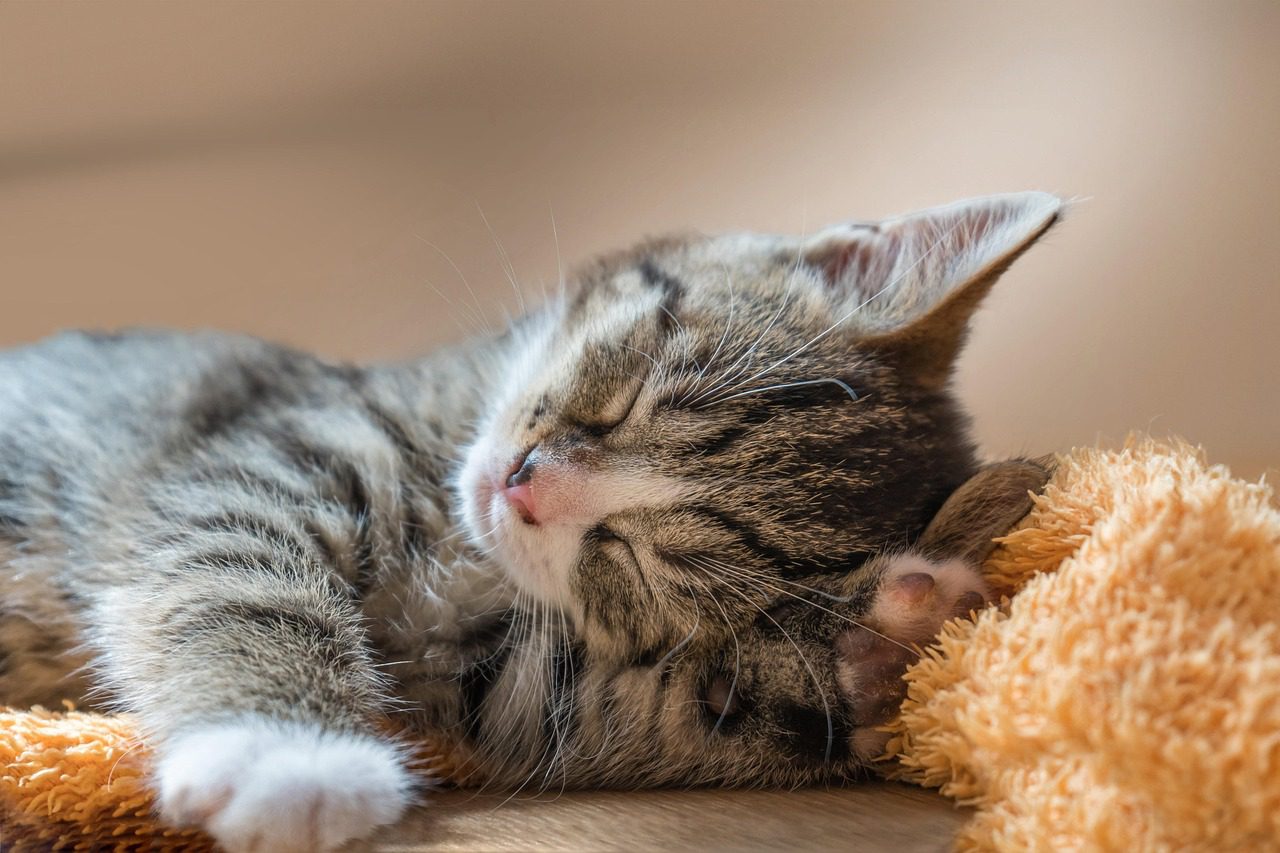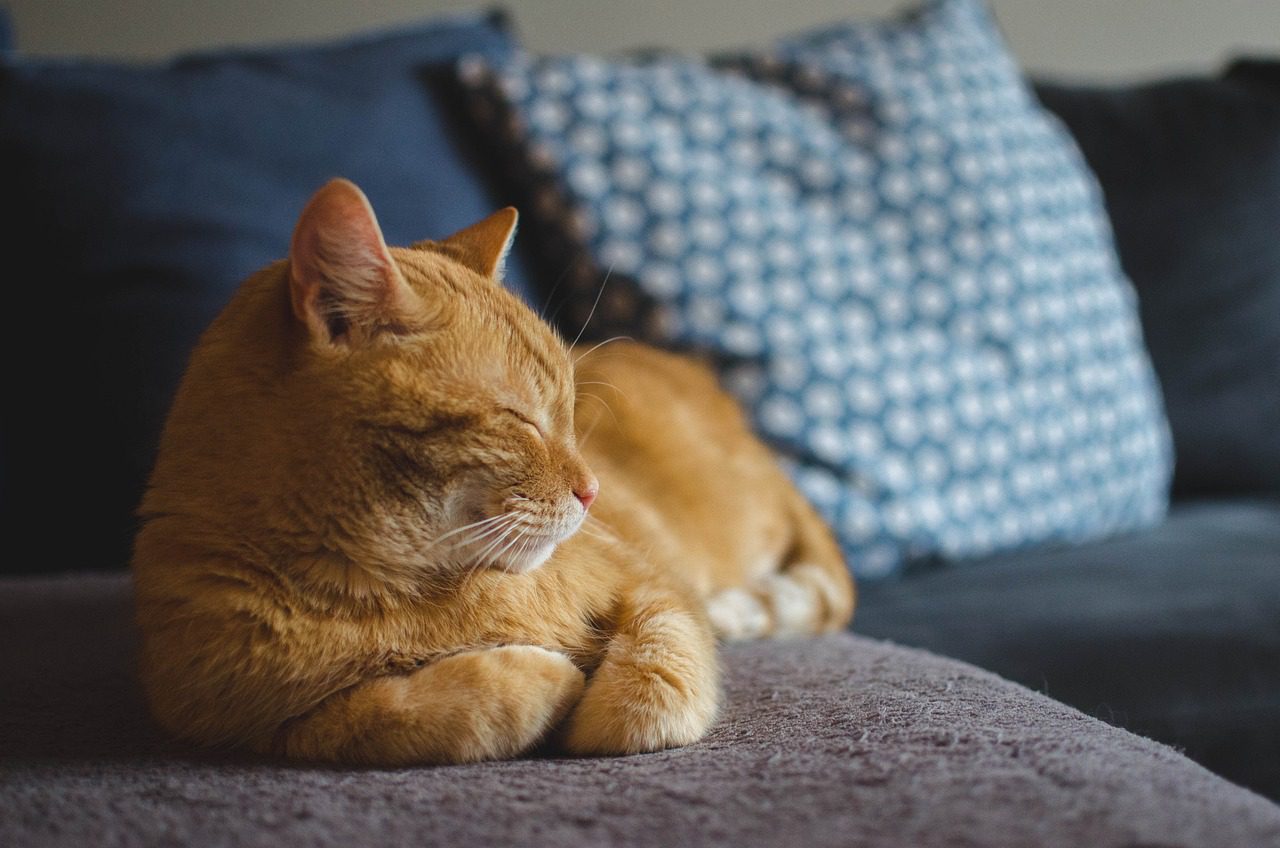Some cats just don’t want to be helped!
Bob was one such patient. And when a cat chooses not to cooperate they can be nasty.
The problem was that Bob had every reason to be bad-tempered – he had a seriously injured cornea.
Ideally he should have received regular eye drops, but he let his owners know that this was not permitted, and meanwhile the injury worsened. We had to sedate him simply to examine the problem.
Treating the eye
There are several ways to help a serious corneal ulceration like this. At one time we used to suture the third eyelid across as a bandage to protect the ulcerated area. But this fell out of fashion when specialists pointed out that we couldn’t monitor the ulcer’s progress when it was hidden behind the eyelid.
Then we invested in contact lenses that could be worn over an ulcerated eye, and would provide comfort and protection, but these also fell out of favour.
Research is still ongoing into better ways to heal ulcers, but a current supportive therapy is to apply a self-blood transfusion directly onto the damaged surface of the eye.
Our nurses have the equipment and skill to spin down and remove the blood cells, leaving just the watery component of the blood, known as the serum, which contains lots of healing proteins and enzymes that aid the healing of the eye ulcer.
However, a cat can only give a certain amount of blood at time, so fresh samples have to be taken, and we did not want to re-sedate Bob unless we had to. There was no serum left, and the eye was still bad. Where could we get more?
My colleague’s eye fell on my Labrador Jasmine, dreaming in her bed in the office. We realised that, as the donation is not going into the bloodstream, dog blood would be as healing and safe as cat blood. Jazzy was bribed with a small handful of biscuits, and she kindly gave up a few spoonfuls of her best blood.
Sadly, Bob remained uncooperative, and the eye eventually could not be saved. But I was very proud that my little lady-dog did her bit to try to help, along with the rest of my team.




